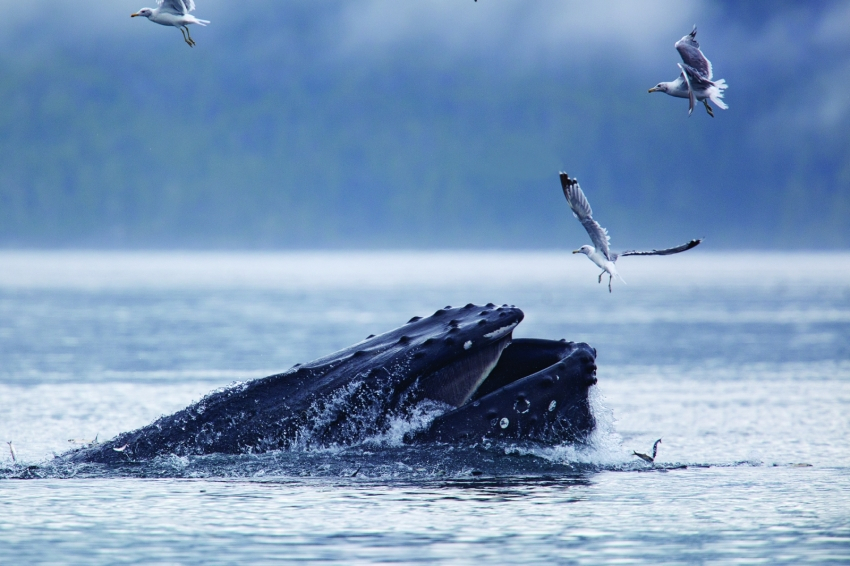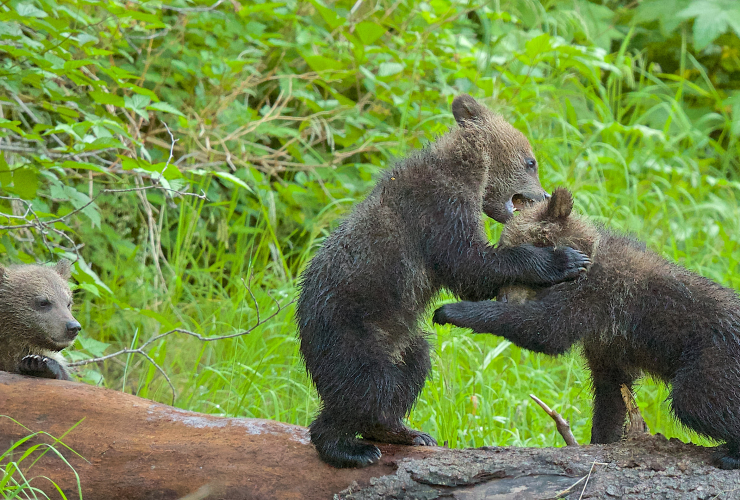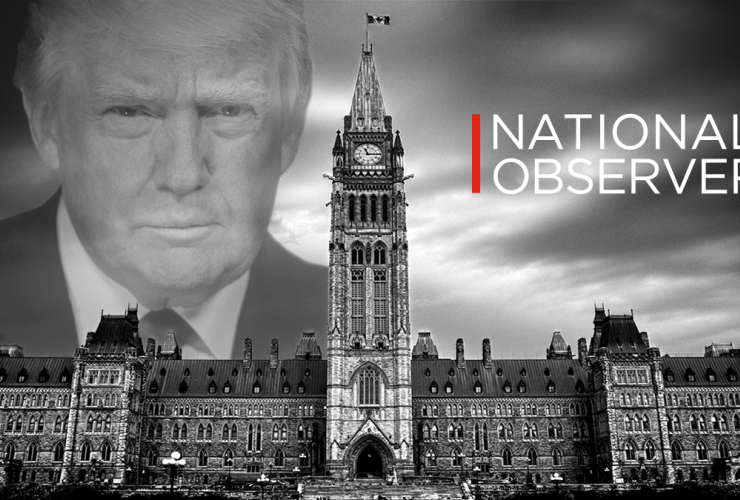Dear animal lovers,
I hope you had a re-energizing long weekend. I'm writing to you today to ask for a pledge of support towards critical reporting on animals and their homes.
But first, I'll start by explaining why I care so much about this campaign. It goes back to when I was a kid living in Mexico.
Every December for the past 27 years, my family has spent the holidays in Puerto Vallarta. And every year, we've had the opportunity to see the humpback whales that visit the Bahía de Banderas on their yearly pilgrimage from the coast of British Columbia, where they migrate to give birth to their calves in warmer waters.

I remember the feeling in my heart when we turned off the engines of the boat and began to hear the sounds of the blowholes all around us. Some years, the whales would surround our boat and stay with us for more than an hour, mothers swimming proudly next to their calves, turning sideways to stare at us with their kind eyes.

My mom is a biologist, so these encounters with the friendly marine mammals served as a perfect teaching moment for the family. But they were also much more than that.
Have you ever had a moment when you felt as though time had stopped, forcing you to think about your connection to other living beings? I’m not a religious man, but these encounters shaped my understanding that some things in our planet are indeed sacred.
Fast forward to last August, when I had the opportunity to visit the Great Bear Rainforest with the National Observer team. We visited a whale research station in the remote Gil Island called Cetacea Lab, and the first thing I noticed was a wall of photos of the tails of every humpback whale in the area. Every whale is identified, every whale has a name.
My heart jumped when I learned that these were likely the same whales that I see every year in Puerto Vallarta with my family.

After explaining why this area of the Great Bear Rainforest is a whale sanctuary, Janie Wray, the lead researcher, asked us to be quiet for a second. She un-muted the amplifier that connects to the dozen hydrophones scattered throughout the bay, and the room suddenly filled with magic: The humpback whales were singing! We listened to their songs, while Janie explained the importance of sound for whales, how they socialize and communicate by singing, and how they depend on sound for navigation and hunting.

And that’s when it hit me. The recently approved fracked gas projects in and around the Great Bear Rainforest means that tanker traffic will increase in these whale sanctuaries. And that means that these pristine waterways will be filled with noise pollution.
So now, I go back to the question on the headline: What will the humpback whales sing? What will it mean for these creatures when the fragile environments where they live suddenly change?
This question keeps me up at night.
So today, dear readers, I ask you again to PLEDGE your support for critical new reporting on animals and their homes.

Like me, I’m sure you believe it’s important for Canadians to know the facts on how human activities like these will impact the animals we share our planet with. That’s why we launched this Kickstarter campaign to fund this critical reporting: State of the Animal.
Your support is urgent. We have only 13 days left to fund this campaign and make sure that we don’t let animals slip out of sight and out of mind of our policy-makers.
Remember, there is no undo button on these majestic creatures and their habitats. Please pledge today.

— Jorge Amigo, Director of Engagement






Comments